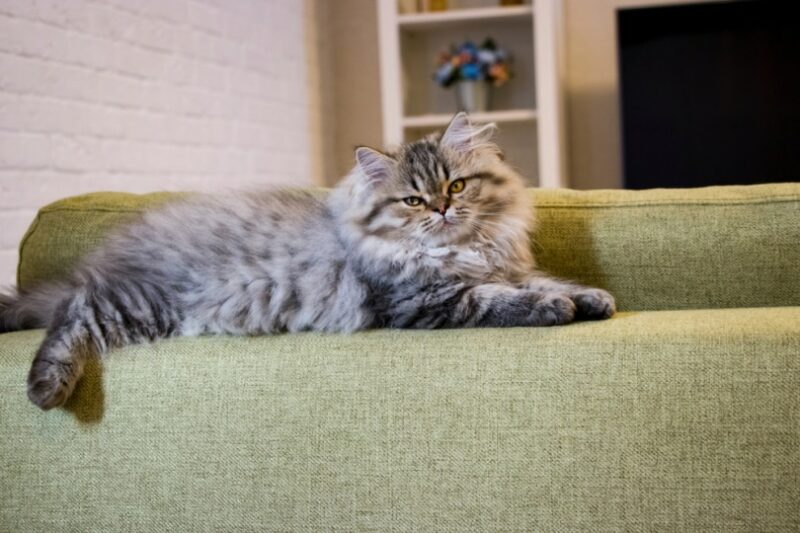Our feline friends come in a dazzling array of coat types, colors, and patterns: long-haired, short-haired, or hairless. To keep your cat’s fur healthy and tangle-free, you’ll need the appropriate grooming tools, which differ based on what kind of coat they are sporting.
In this article, we’ll let you know what a double coat is and four signs to look for to tell if your cat has one. We’ll also cover some basic grooming routines for cats with double coats and those with other types of fur or none at all!

What Is a Double Coat?
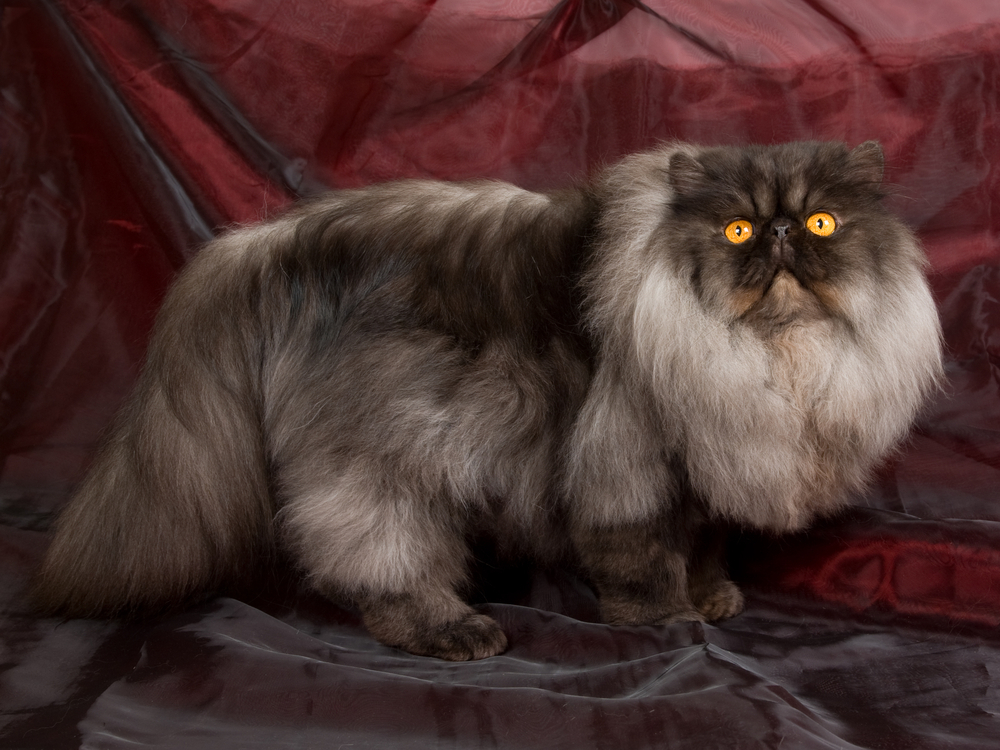
A double coat protects and insulates the cat in cold weather. Typically, it consists of an outer layer of longer, coarser hair and a soft, thick undercoat. Both long- and short-haired cats can have a double coat, so you’ll need to look for other signs to let you know whether your cat has one or not.
The 4 Ways to Tell if Your Cat Has a Double Coat
1. Check Their Breed Standard
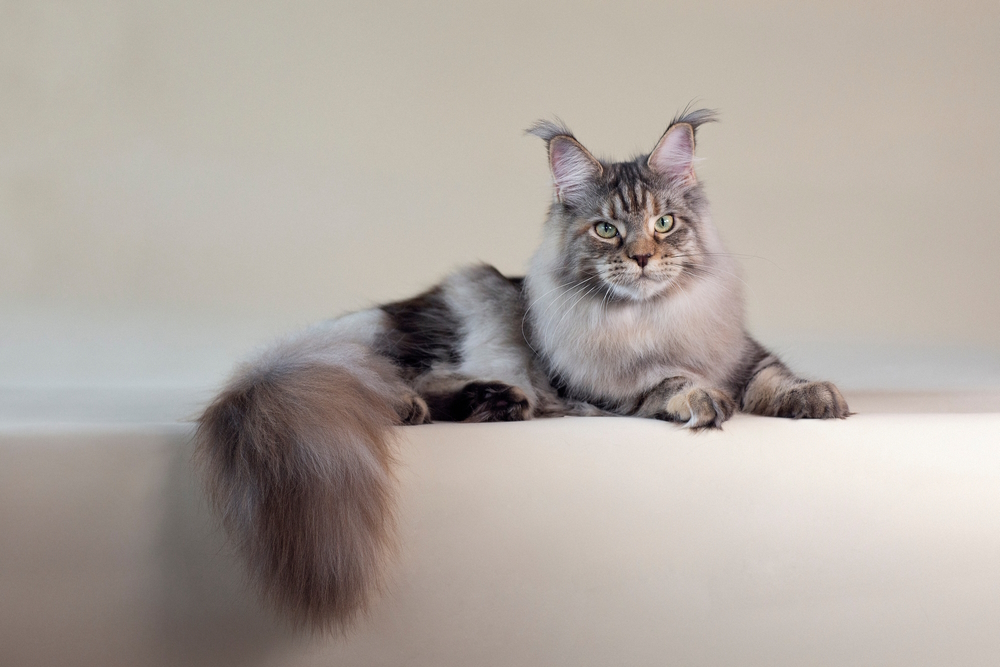
If you own a purebred cat, the quickest way to find out if they have a double coat is to check their breed standard. Many cat breeds were developed with a double coat because they originated in cold climates. Some well-known breeds that are double-coated include:
- Maine Coon
- Persian
- Manx
- Norwegian Forest Cat
- Scottish Fold
If your cat isn’t purebred, you’ll need to use another method to check for a double coat.
2. Feel Your Cat’s Coat
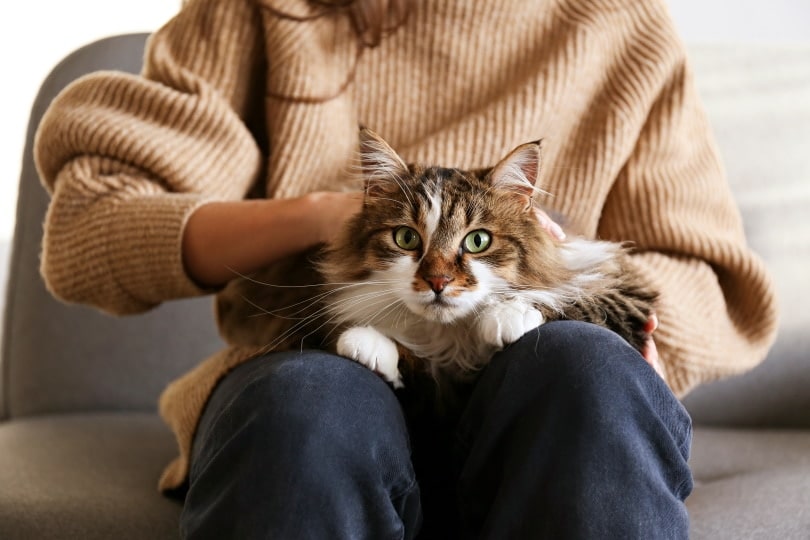
The next time you’re petting your cat, take a moment to look a little closer. Part the hair and feel the texture. If your cat has a double coat, you’ll see and feel a soft, thick layer of fur close to the skin.
As you pet further away from the cat’s skin, the texture of the hair will become finer and coarser. Single-coated cats will have only the longer, coarser layer. Again, don’t assume your cat isn’t double-coated just because they have short hair.
3. Check for Shedding
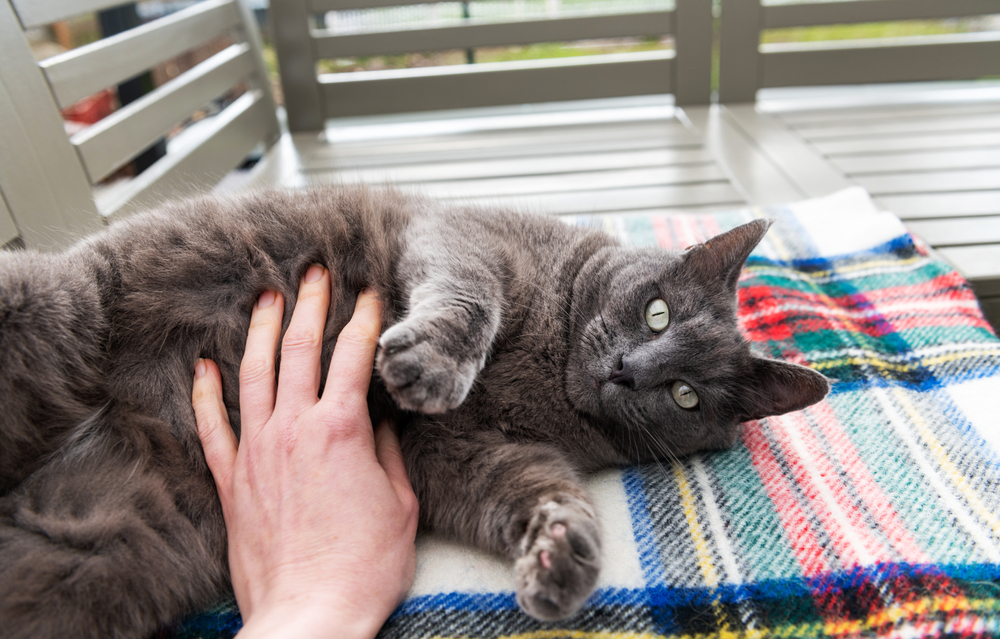
Cats of any coat type can shed, but double-coated cats tend to do so more simply because they have more hair. A double-coated cat may also shed on more of a seasonal schedule, losing its warm undercoat as the weather changes.
As a double-coated cat sheds the undercoat, it may develop a patchy appearance. You may notice visible tufts, easily removed, dotting their body.
4. Ask a Professional
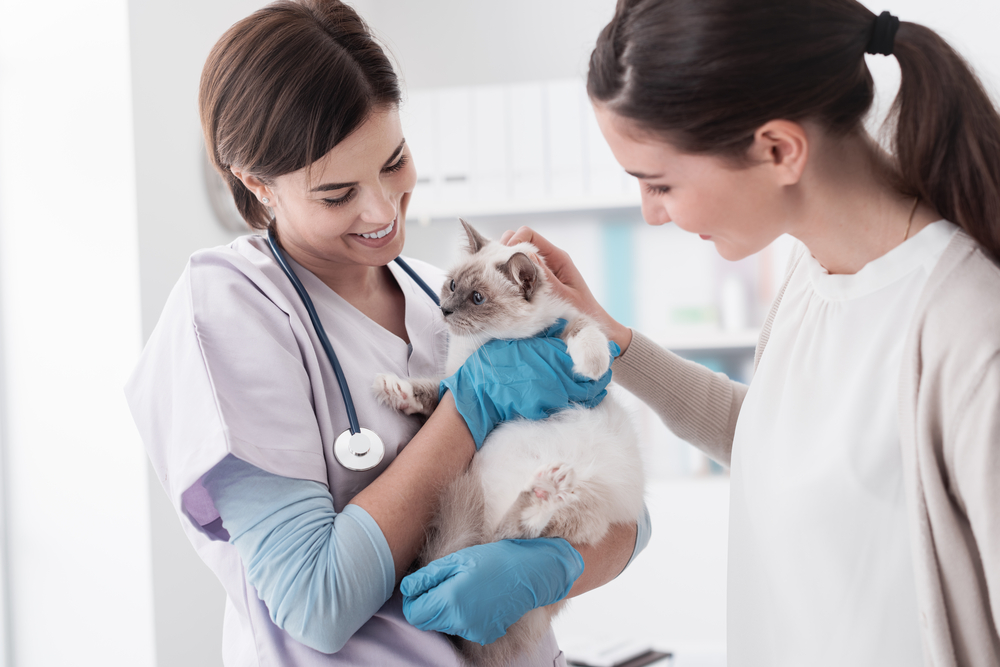
If you still are not confident about what coat your cat has, ask for a professional opinion. Your vet or groomer should be able to help you identify whether your cat has a double coat or not. They can also help you create an appropriate grooming routine for your kitty.

If you need to speak with a vet but can’t get to one, head over to PangoVet. It’s an online service where you can talk to a vet online and get the personalized advice you need for your pet — all at an affordable price!

Creating a Grooming Routine
For Double-Coated Cats
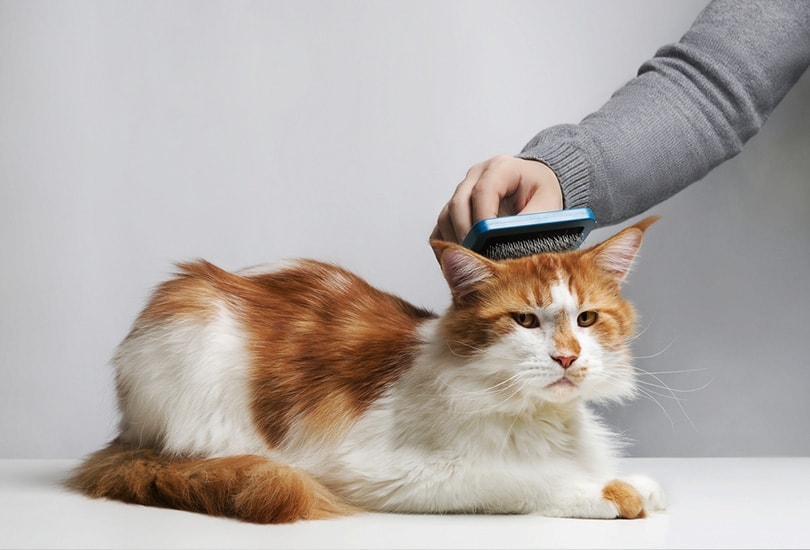
As we mentioned, double-coated cats will usually shed heavily, if not year-round, depending on the climate where you live. Plan on brushing them at least once a day during heavier shedding times. This will help minimize the amount of hair on your clothes and furniture, as well as prevent your kitty from developing painful mats and tangles.
The best brush for your cat will depend on how long their outer coat is. Generally, even short-haired cats need a brush with wire bristles to reach their undercoat properly. For long-haired cats, you may need a more heavy-duty brush like a Furminator.
Some owners choose to have their cats professionally groomed, including trimming and shaping the fur on their tails, legs, and head. Use caution if you’re considering shaving your double-coated cat since a close cut could lead to irritated skin and hair growth issues.
Single-Coated Cats
Single-coated cats typically won’t need to be brushed as frequently. Short-haired kitties may be fine with a weekly brushing using a bristle brush. Long-haired kitties may need a pin brush or slicker brush to keep their fur free of tangles.
Hairless Cats
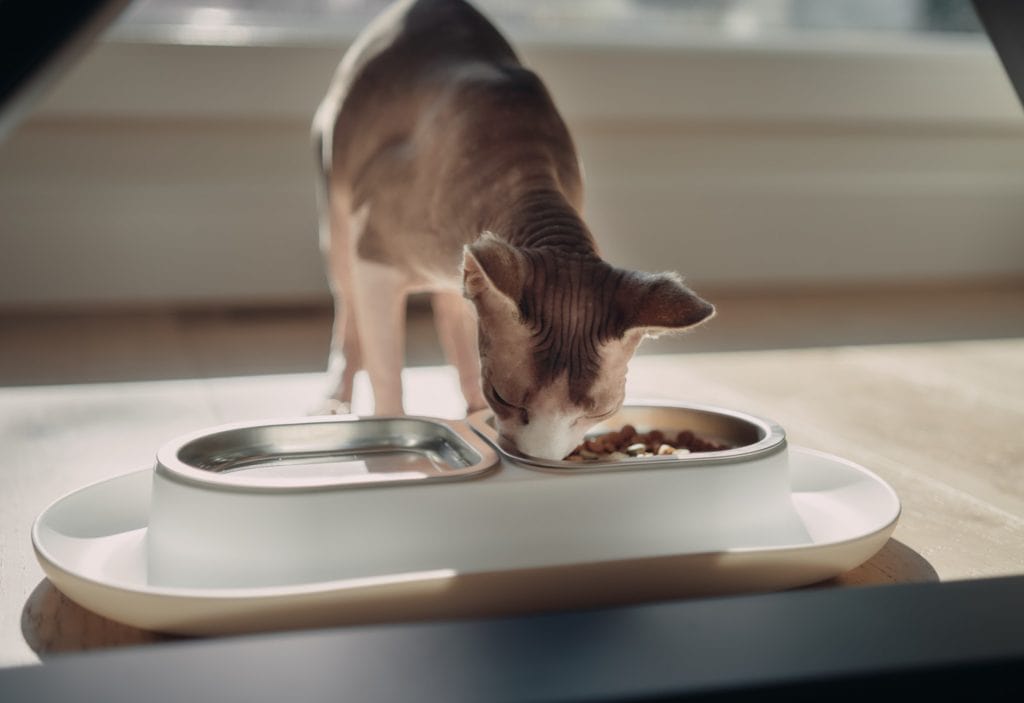
Hairless cats don’t have fur to brush, but they have skin that gets very oily and dirty. Because of this, they require weekly baths to keep them clean, with special attention paid to keeping their many folds and wrinkles tidy.

Conclusion
As you can see, knowing what kind of coat your cat has is vital knowledge for planning the proper grooming routine for them. Double-coated cats come in all breeds and mixed breeds, so look for our four signs to tell whether that’s what you’re dealing with. No matter what coat your cat has, you’ll need to keep their ears clean, teeth brushed, and nails trimmed as part of your grooming plan.
Featured Image Credit By: Another77, Shutterstock

